

05/09/2024 Live Auctions, Insights
Few artists could boast of travels as extensive and vibrant as that of Irma Stern. Her restless spirit drove her to explore the farthest corners of Europe, but it was the vast landscapes and diverse cultures of Africa that truly ignited her passion. Africa, with its vibrant and diverse cultures, provided Irma Stern with the inspiration that would shape her legacy.
Stern’s reactions to the people she encountered were deeply influenced by the places she visited. A sensual woman, she was attuned to the world around her, allowing the sights, sounds, and smells of each new experience to seep into her very being. These sensory impressions coloured her responses to the world, shaping the unique way she saw and portrayed it on canvas.
Each of her major African expeditions – whether her visits to coastal Dakar, the bustling island of Zanzibar, or the lush depths of the Congo – resulted in a substantial body of work. These places didn’t just inspire her paintings; they also moved her to write evocative prose, capturing the essence of her travels in words as well as images. The artworks she created either on location or later from her studio notes are now considered some of her most valuable and recognised works, marking what many regard as the golden era of her career, from the late 1930s and peaking in the 1940s.
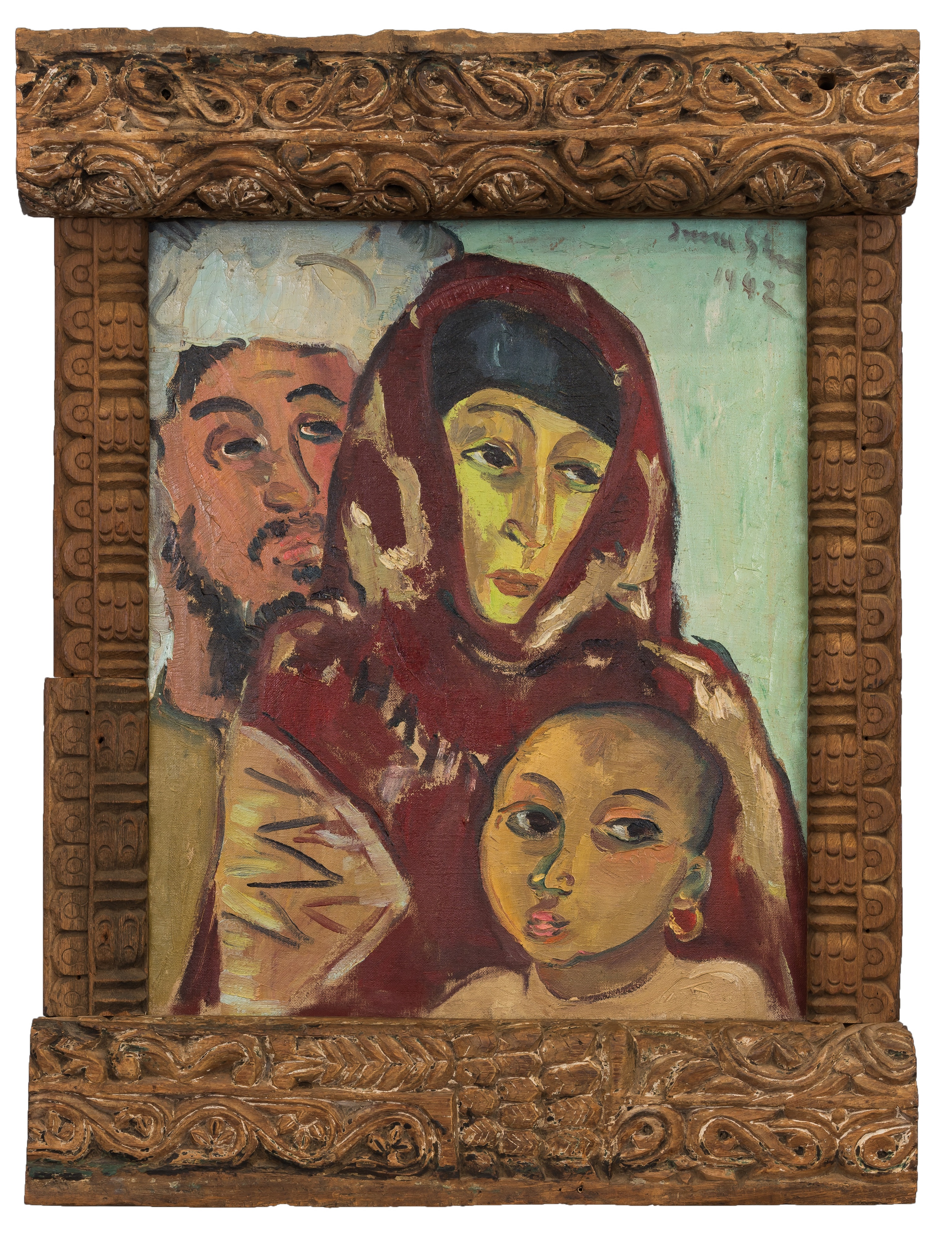
Arab Family (1942), on offer on Aspire Art's 20th Century and Contemporary Art auction on the 11th September 2024, likely painted during the artist’s seminal trip to the Congo that year, stands as a vivid testament to her extensive travels. This piece not only captures the essence of her journey but also serves as compelling evidence of her passion for the cultures and landscapes she encountered. Stern’s deep connection to the people and places she experienced is brought to life on the canvas, showcasing the intensity and vibrancy that defined her work during this pivotal period. Journey with us through Stern’s travels across a continent that inspired her vibrant depictions of life, culture, and landscapes—a place where, in her words, she "fled from burning Europe into the land of strong colours".

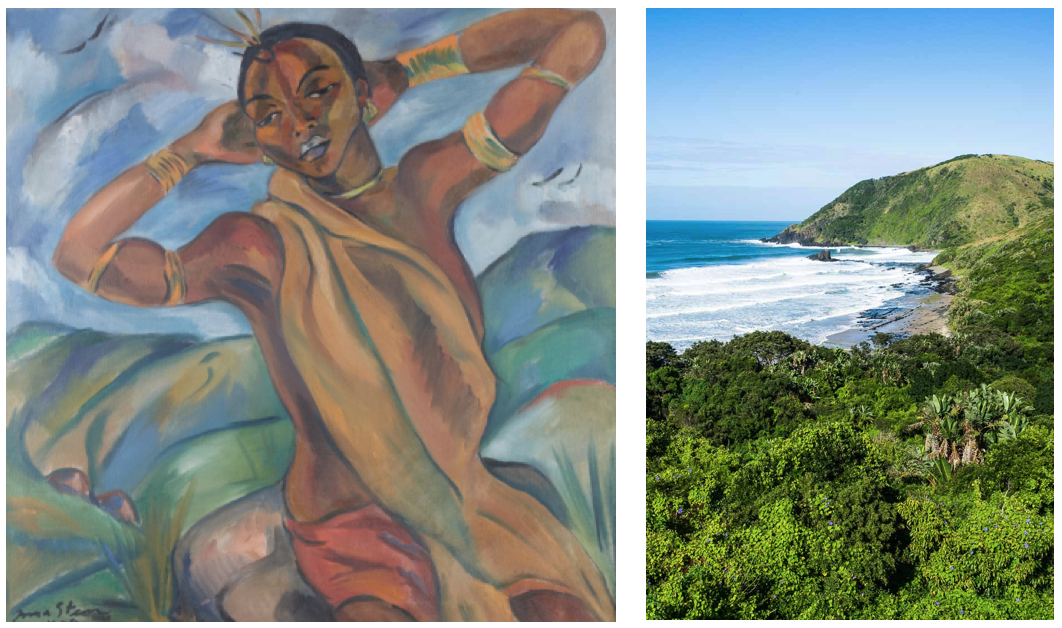
During her ear;y travels in Swaziland and Pondoland, Stern was deeply inspired by the vibrant cultures and landscapes. She often painted local people, capturing their daily lives and traditional attire. Her works from this period reflect a fascination with the rich cultural offerings of these regions.
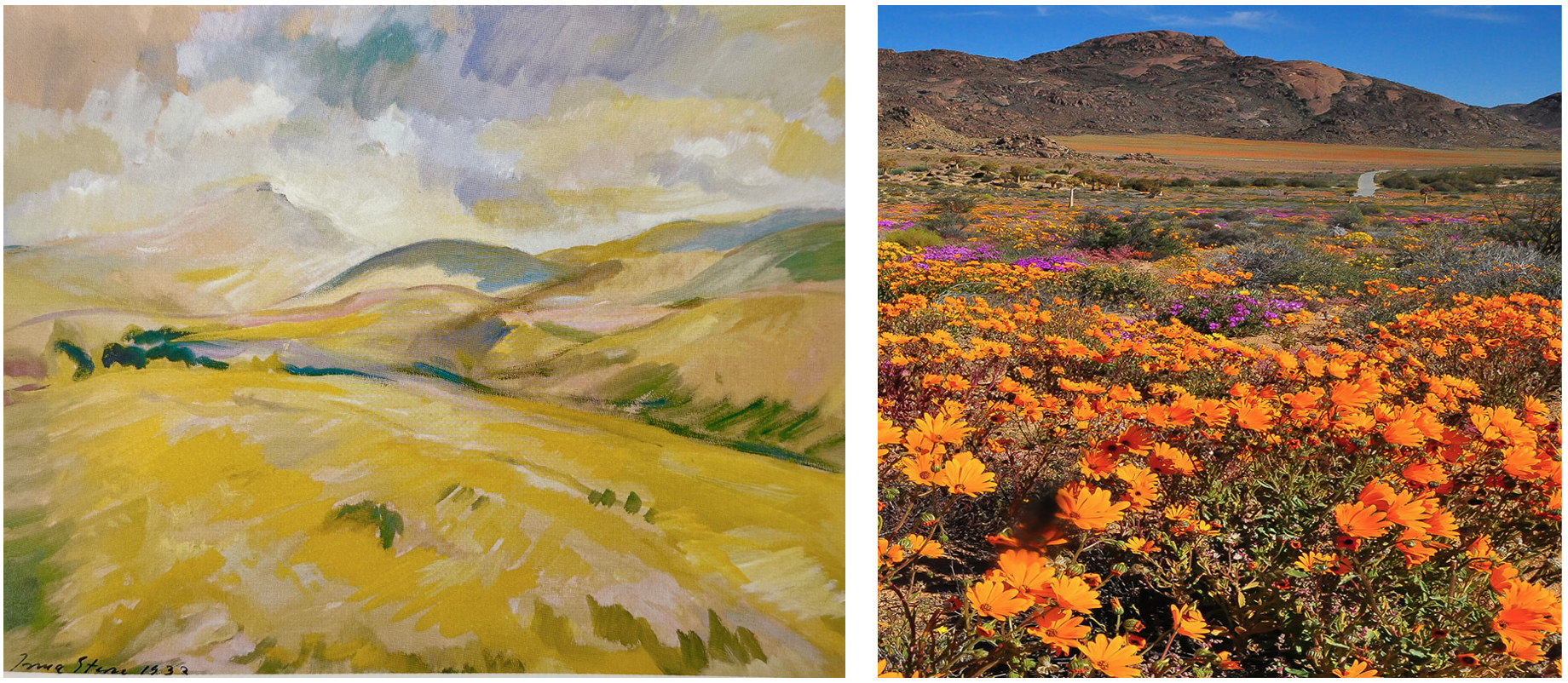
Stern’s journey to Namaqualand was marked by her interest in the unique flora and fauna of the region. She was particularly captivated by the Namaqualand daisies, which bloom in a spectacular display of colours. This trip resulted in a series of paintings that celebrated the natural beauty of the area.

In Dakar, a city Stern visited as a stopover during her journey back to South Africa from Europe, the artist was struck by the bustling markets and the vibrant street life. She spent time sketching and painting the local scenes, capturing the essence of Senegalese culture. Her works from this period are noted for their dynamic compositions and bold use of colour.
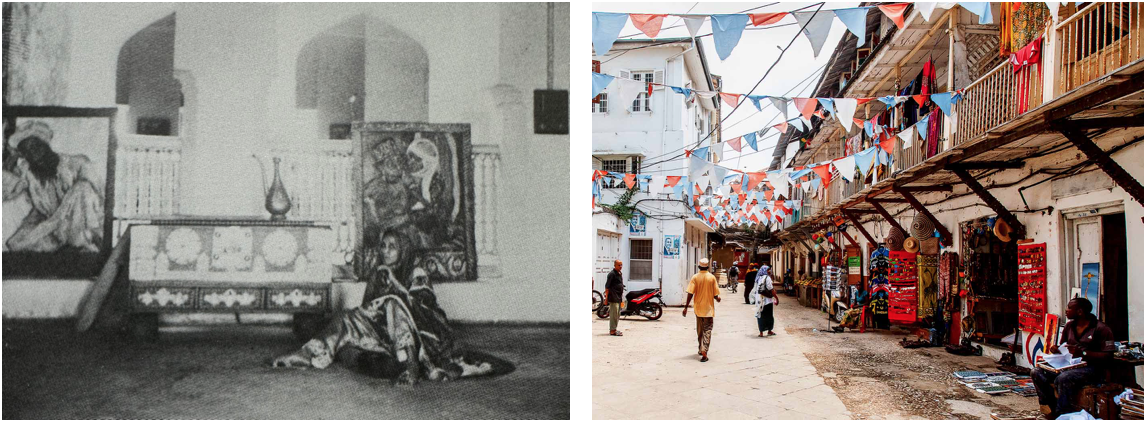
Zanzibar had a profound impact on Stern’s artistic vision. She was enchanted by the island’s exotic atmosphere, its architecture, and the rich cultural heritage. Her paintings from Zanzibar often depict the island’s people in their traditional dress, as well as the intricate designs of the local buildings.
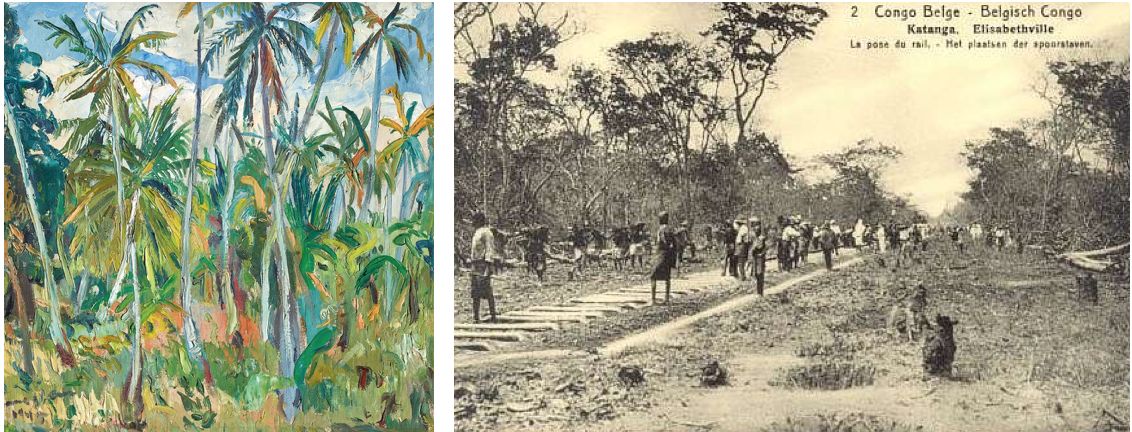

Stern’s travels to the Congo were some of her most adventurous. She ventured deep into the heart of the region, documenting her experiences in both paintings and written journals. Her book Congo published in 1943, provides a vivid account of her travels and the people she encountered. Stern would spend nearly 5 months travelling and painting in the area today known as the Democratic Republic of Congo and the Belgian colonial region in central Africa that currently also encompasses Rwanda. From Lubumbashi the artist travelled north-east to Lake Kivu, Butare and Kigali before traveling to Kisangani and then to Isiro. Her paintings from central Africa include wonderful, lush forest landscapes, river and village scenes as well as captivating portrait and figure studies. The majority of her subjects from the period were from three cultural groups; the Watussi (Tutsi), Megbwena (Mangbetu) and Kuba, but she also notably explored Islam subjects. In the July of that year, Stern attended the annual Fête Nationale in Kigale, where she painted a number of fine examples of the Arab community, which largely consisted of wealthy coffee merchants.

The Eastern Cape offered Stern a different kind of inspiration. She was drawn to the rural landscapes and the traditional Xhosa culture. Her paintings from this time often feature pastoral scenes and portraits of Xhosa women, highlighting their grace and dignity.
These travels not only enriched Irma Stern’s artistic vision but also allowed her to document and celebrate the diverse cultures and landscapes she encountered. Her works serve as a vibrant testament to her adventurous spirit and her deep appreciation for the beauty of the world around her.
__________________________________________________________________________________
Auction
20th Century & Contemporary Art
11 September 2024 at 7pm (SAST)
Viewing:
29 August – 11 September 2024
Monday – Friday: 8:30 am – 4:30pm
Saturday: 9 am – 2 pm
Discover more from 20th Century & Contemporary Art